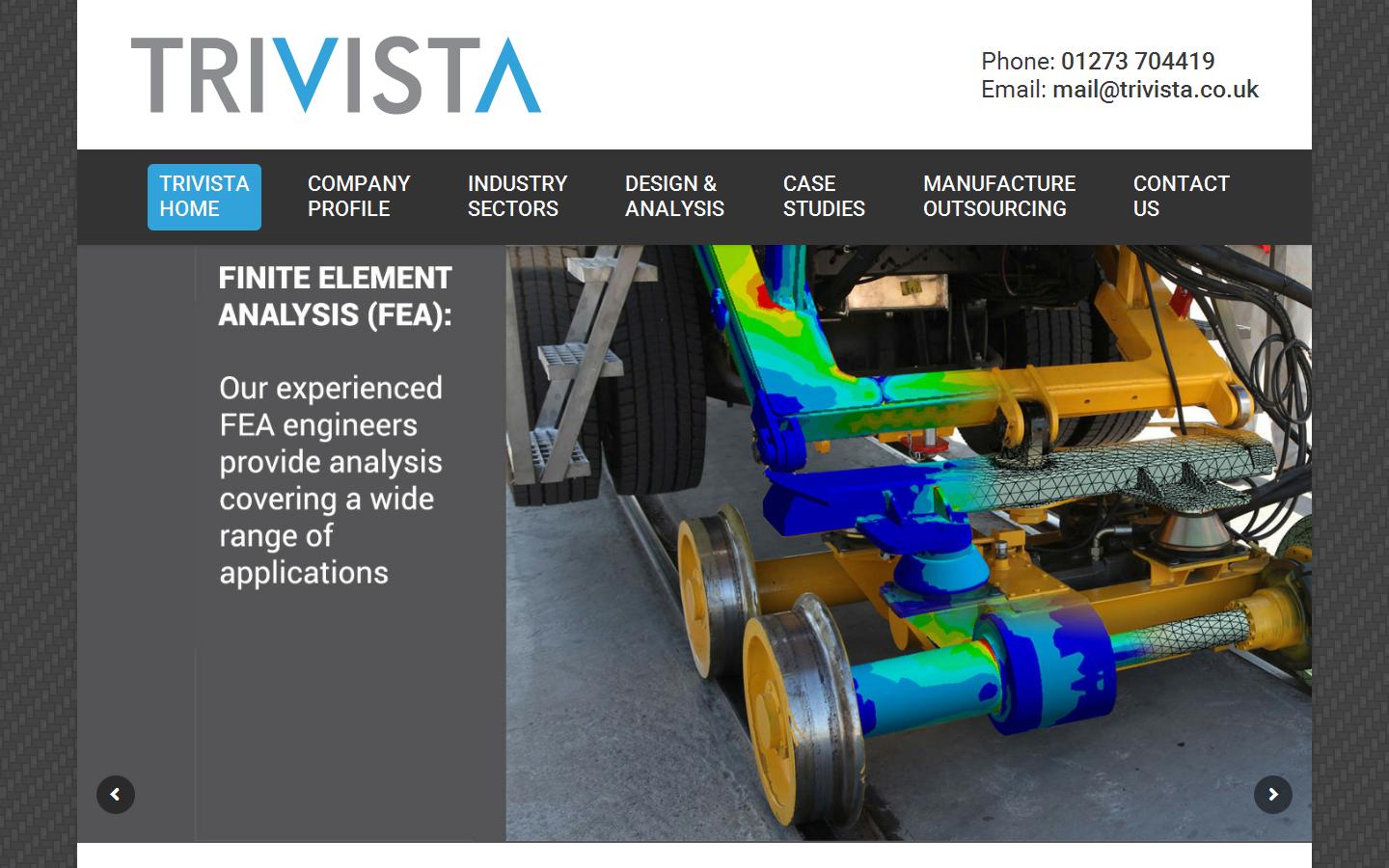CFD Transient & Moving Mesh Analysis
Stockcode:
Steady state or times averaged CFD simulations are more routinely solved owing to being less computationally demanding but certain projects require the prediction of the transient behaviour of gases and fluids. Transient CFD simulations can be used to capture comprehensive data on time varying flow features or phenomena that can be difficult and expensive to record in physical testing owing to the small timescales and the corresponding sophisticated instrumentation required. Transient flow analyses performed by TriVista have covered a wide range of aerodynamic (or hydrodynamic for liquids) applications but typically had objectives such as:
> Examining time varying component concentrations over an industrial process cycle to either ensure concentrations remain within criteria or confirm contaminant removal times.
> Quantifying the performance of products with moving or variable geometry (e.g. positive displacement devices, products with stationary and rotating parts). For these analyses, a moving numerical mesh can also be required in the CFD model.
> Visualisation of transient flow features for improved understanding. Animations can be readily generated from transient solutions to assist with greater understanding.
> Evaluating temperature distribution variation and ‘hot spot’ peak temperatures in systems with time varying thermal loading conditions. For example, heaters operating in failure modes.
> Quantifying pressure loss and flow distributions in systems with operational time varying flow. For example, in medical equipment patient respiration simulations.
> Prediction of the oscillating mechanical loading on structures owing to flow induced vibrations or transient pressure fluctuations e.g. vortex shedding. The CFD simulations can also be fully coupled with an FE solver to evaluate the structural integrity and behaviour under transient load (FSI analysis) e.g. sloshing in a tank.
« Return to product listing
 approvedbusiness.co.ukTriVista Engineering Ltd Tel: 01273 615077
approvedbusiness.co.ukTriVista Engineering Ltd Tel: 01273 615077








